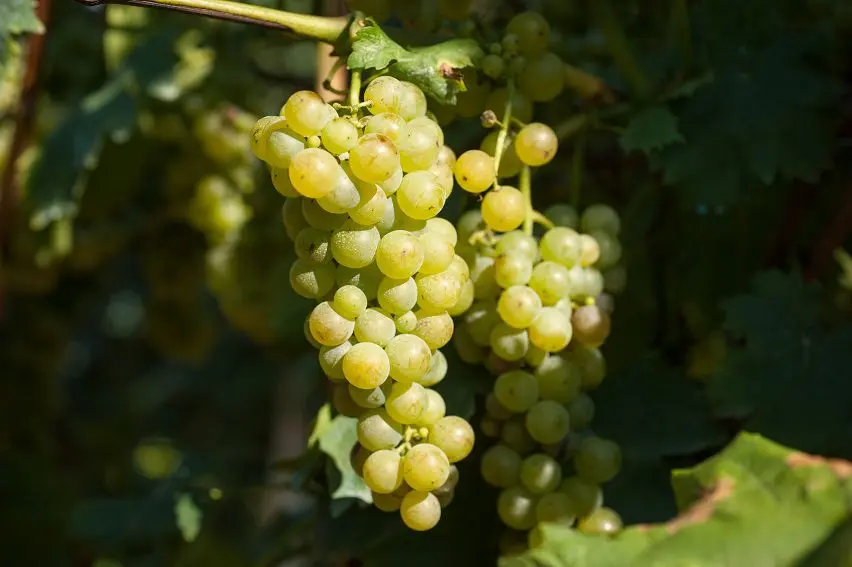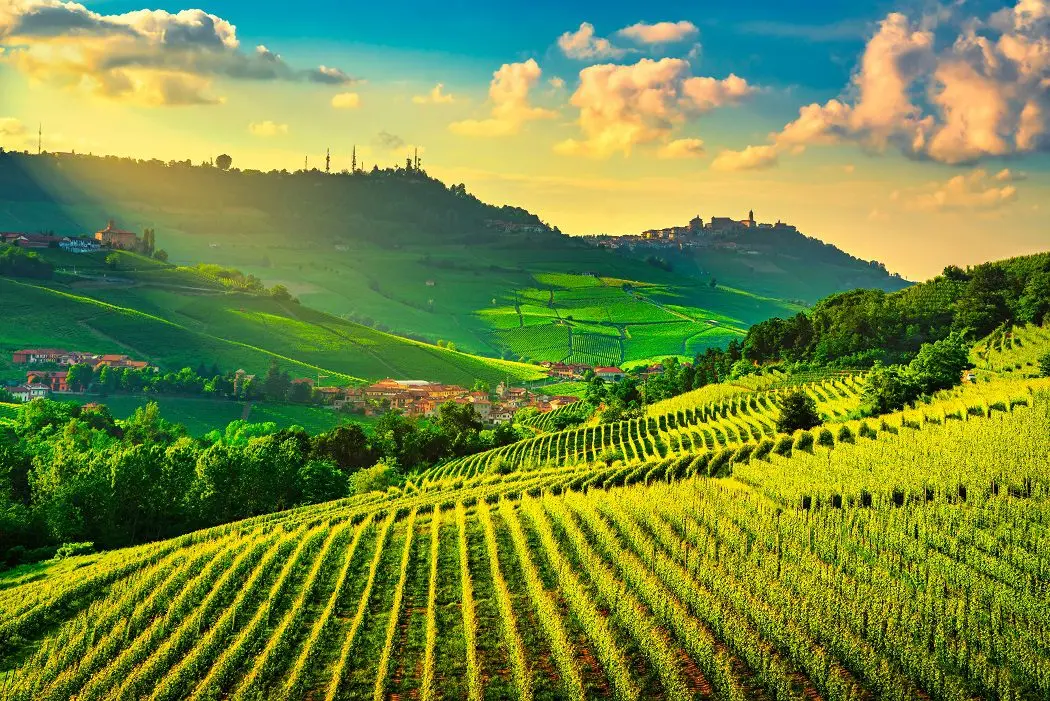Contents
Champagne in the Italian style Moscato (Moscato) is so named because of the grape variety of the same name, which is grown in the northern regions of the country. These sparkling wines are characterized by floral and fruity shades, as well as pronounced sweetness and low alcohol content (5-9% vol.). Muscat grapes form the basis for the production of Asti sparkling wine, for which the Piedmont region is famous. The Moscato name can be seen on the labels of sparkling wines from brands such as Canti, Santero, Cavatina.
Historical information
Moscato Bianco is one of the oldest grape varieties grown for centuries in Piedmont. The region has a cooler climate and soils rich in limestone and sandstone. Berries ripen for a long time and remain on the branches until frost, which gives them a sweet, almost honey taste. Italian farmers have traditionally made low-alcohol wine from it, which quenches thirst well during the day.

Moscato sparkling wine appeared thanks to the Italian winemaker Carlo Gancha, who studied the art of champagne production in France for a long time and set out to create a similar drink, but with a bright national character.
The result of the labors of Carlo Gancia was Moscato Spumante – a sparkling wine obtained by stopping fermentation. The technology of its production is different in that Italian champagne, unlike French, does not undergo traditional bottle aging.
Production features
White Muscat is grown mostly in the so-called “Zone of Asti”, which includes 52 provinces in northern Italy. For this variety of grapes, maximum yields have been established – no more than 100 centners per hectare. Clusters are harvested exclusively by hand. The juice is squeezed using gentle presses. The wort is then cooled down to 0°C to prevent premature fermentation.

Fermentation takes place in acratophores – large stainless steel tanks. The wort is heated, a special yeast culture is added and kept for a certain period.
During the breakdown of sugars in wine, alcohol and carbon dioxide are formed. Upon reaching a certain strength of 5,5-8%, the process is interrupted, again strongly cooling the tanks. The resulting sparkling wine is carefully filtered from the remnants of the vital activity of yeast and sediment, then immediately bottled.
Interesting Facts
The distant ancestor of the Moscato grape was brought to Europe from the Middle East. The plant has adapted well to the Mediterranean climate, although it is considered quite difficult to care for, as it is prone to diseases and pest attacks. Muscat wines have been known since ancient Greek times.
Moscato grapes are mostly grown in Italy. Similar varieties are cultivated in Austria, Spain and South Africa, but in these countries, mostly still wines are produced from Muscat.

Famous brands of champagne Moscato
Canti Moscato D’Asti, 5,5%
Slightly sparkling wine belongs to the highest DOCG category, which in Italy is assigned only to products with a guaranteed geographical origin and produced according to approved technologies. Golden color with greenish reflections. The aroma is floral, with a predominance of jasmine and acacia. Peach and apricot come to the fore on the palate. Pairs with fruits and desserts.
Santero Moscato, 6,5%
The Italian company Santero has been producing sparkling wines since 1958. Premium champagne is DOCG labeled. The color of the drink is light straw, with golden highlights, the perlage is intense, with small bubbles. The aroma is dominated by ripe fruits. The taste is sweet and velvety, pronounced nutmeg shades are felt. Serve chilled with fruits and confectionery.
Moscato Cavatina, 7%
Sparkling wine is produced by the Italian company G. Boido & F. Srl. Champagne golden color with intense bubbles. The aroma is rich with hints of white fruits and fresh grapes. The refreshing taste combines nutmeg, floral and honey tones. Ideal as an aperitif and digestif. Before use, it is recommended to cool to 6-8 ° C.









